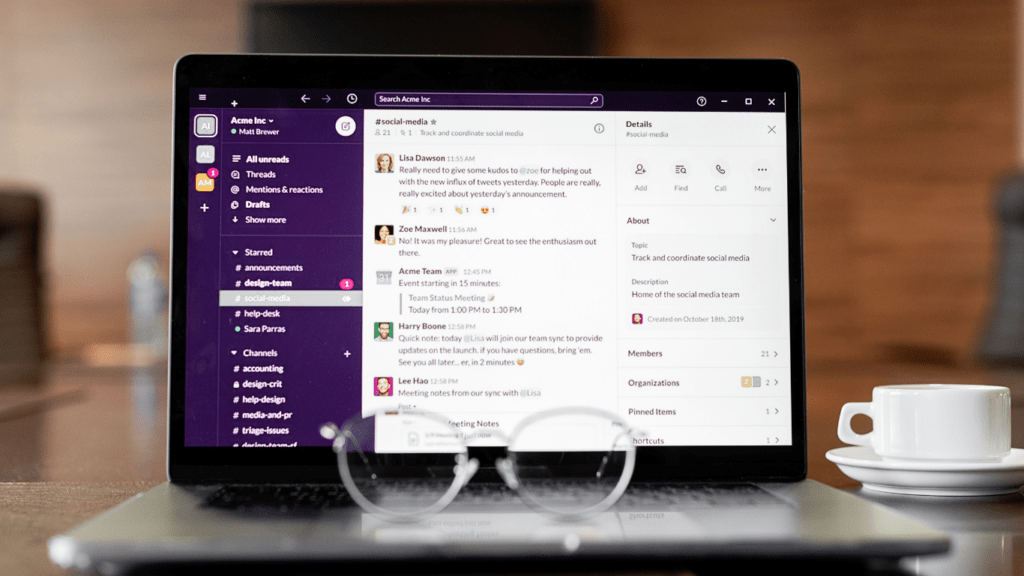Understanding Chatbots in Lead Generation
Advanced chatbot technology plays a crucial role in modern lead generation strategies. These intelligent systems engage with potential customers and capture valuable information quickly.
What Are Chatbots?
Chatbots are AI-driven software designed to simulate human conversation. They handle customer interactions through various communication channels such as websites, messaging apps, and social media platforms. With natural language processing (NLP), chatbots understand and respond to user queries effectively. Common examples include virtual customer service agents and automated response systems.
Importance of Lead Qualification
Lead qualification assesses potential customers’ readiness to make a purchase. Chatbots streamline this by instantly gathering key information like contact details and purchase intent. These insights help businesses prioritize leads and allocate resources more efficiently. According to a 2021 survey by Drift, 55% of businesses reported that chatbots generate higher-quality leads than traditional methods.
How Chatbots Capture Leads Instantly
Chatbots quickly engage visitors by automating interactions and gathering crucial data. These intelligent systems identify potential leads and streamline the capture process effectively.
Automated Responses
Chatbots use automated responses to initiate interactions. When visitors land on a site, chatbots greet them and offer assistance. If users ask questions, bots instantly respond using pre-defined answers or AI-driven suggestions. This immediate engagement helps capture leads by maintaining user interest and reducing wait times, which can drop to zero seconds. For example, when a visitor inquires about services, the chatbot provides detailed information right away.
Data Collection Methods
Chatbots systematically collect data through various methods. First, they prompt users to share basic contact information, such as email addresses and phone numbers. Second, they ask qualifying questions tailored to gauge purchase intent or the specific needs of prospects, like “What product are you interested in?” or “What’s your budget range?”. This structured approach ensures that critical lead information is captured efficiently, allowing businesses to prioritize high-potential leads.
Benefits of Using Chatbots for Lead Qualification

Chatbots offer multiple advantages when qualifying leads, making them essential tools for modern businesses. They streamline processes, engage prospects instantly, and enhance overall efficiency.
Instant Engagement
Chatbots engage visitors immediately upon arrival. They greet users, provide instant responses, and maintain interest. This immediate interaction prevents potential leads from leaving due to delays. For example, when a visitor lands on a website, the chatbot can welcome them, offer assistance, and answer basic inquiries all within seconds.
Improved Lead Quality
Chatbots ask tailored questions to qualify leads effectively. They gather essential information like:
- contact details
- specific needs
- purchase intent
This structured data collection ensures leads are accurately assessed, allowing businesses to prioritize high-potential prospects. A 2021 survey by Drift found that chatbots contributed to higher-quality leads for 55% of businesses surveyed, highlighting their impact.
Cost-Effectiveness
Chatbots reduce the need for extensive human labor in lead qualification. They operate 24/7 without breaks or overtime, saving businesses money on staffing. Implementing chatbots can decrease the costs associated with hiring, training, and managing a large sales team. Additionally, chatbots scale easily, handling increased volumes of inquiries without added expenses.
Chatbots provide significant benefits in lead qualification by offering instant engagement, improving lead quality, and being cost-effective. These advantages make them invaluable tools for businesses aiming to optimize their lead generation processes.
Best Practices for Implementing Chatbots
To maximize the potential of chatbots in lead capture and qualification, it’s crucial to follow specific best practices. These guidelines ensure chatbots operate efficiently and meet business goals.
Designing Conversational Flows
Effective chatbot implementation begins with well-designed conversational flows. Use simple, clear language to guide users seamlessly. Implement decision trees to handle various user intents. Include fallback responses to assist users in case of misunderstandings. For instance, if a user asks about “pricing,” direct them to the pricing page or provide a brief overview. Regularly update flows based on user interactions to improve engagement.
Integrating with CRM Systems
Integration with CRM systems is vital for streamlined data management. Connecting the chatbot to your CRM ensures all captured leads automatically transfer into the system. This integration helps maintain a unified database and improves lead tracking. Use APIs for real-time data synchronization to ensure timely follow-up actions. For example, when a user expresses high purchase intent, the CRM can immediately alert the sales team.
Monitoring and Optimization
Continuous monitoring and optimization are essential to maintain chatbot performance. Analyze interaction logs to identify areas of improvement. Use metrics like engagement rate, conversion rate, and user satisfaction to gauge effectiveness. Implement A/B testing for different conversational strategies to find the most effective approaches. Regular updates based on feedback and data insights can significantly enhance the chatbot’s capabilities.
Case Studies and Success Stories
Businesses across various industries have successfully implemented chatbots to capture and qualify leads instantly. These case studies highlight the effectiveness of chatbots in real-world scenarios.
Real-World Examples
- E-Commerce Sector:
An online fashion retailer integrated a chatbot on their website to engage visitors immediately. The chatbot greeted users, asked about their style preferences, and provided personalized product recommendations. This approach led to a 35% increase in lead capture rates within three months. Users appreciated the tailored shopping experience, resulting in higher engagement and conversion rates. - Financial Services:
A major bank launched a chatbot to handle initial customer inquiries and pre-qualify loan applications. By asking relevant questions about financial history and loan requirements, the chatbot filtered high-quality leads, which were then forwarded to human agents for further processing. This implementation reduced the lead qualification time by 40%, increased customer satisfaction, and improved the overall efficiency of the loan approval process.
- Real Estate Industry:
A real estate agency used a chatbot to interact with potential buyers and renters visiting their site. The chatbot collected information on property preferences, budgets, and locations, providing immediate assistance and scheduling follow-up calls with agents. This strategy resulted in a 50% rise in qualified leads and a 25% reduction in response time, significantly boosting the agency’s lead conversion rate.
Key Metrics and Results
- Increased Lead Capture Rates:
Businesses reported anywhere from a 30% to 50% increase in lead capture rates due to the immediate engagement and information gathering capabilities of chatbots. For example, the fashion retailer saw a 35% spike after introducing personalized recommendations.
- Reduction in Lead Qualification Time:
Implementing chatbots reduced lead qualification time by up to 40%. The major bank’s loan application process became quicker and more efficient, enabling faster customer service and higher satisfaction rates.
- Higher Conversion Rates:
With more qualified leads being forwarded to sales teams, conversion rates improved notably. The real estate agency experienced a 25% boost in conversions due to quicker follow-ups and more detailed initial information from the chatbot.
- Customer Satisfaction:
In all case studies, customer satisfaction increased as chatbots provided timely, relevant, and personalized interactions. The bank’s chatbot enhanced the customer experience by efficiently managing queries and pre-qualifying leads.
These success stories and metrics underscore the significant impact chatbots can have on lead capture and qualification and highlight their value in various industries.



